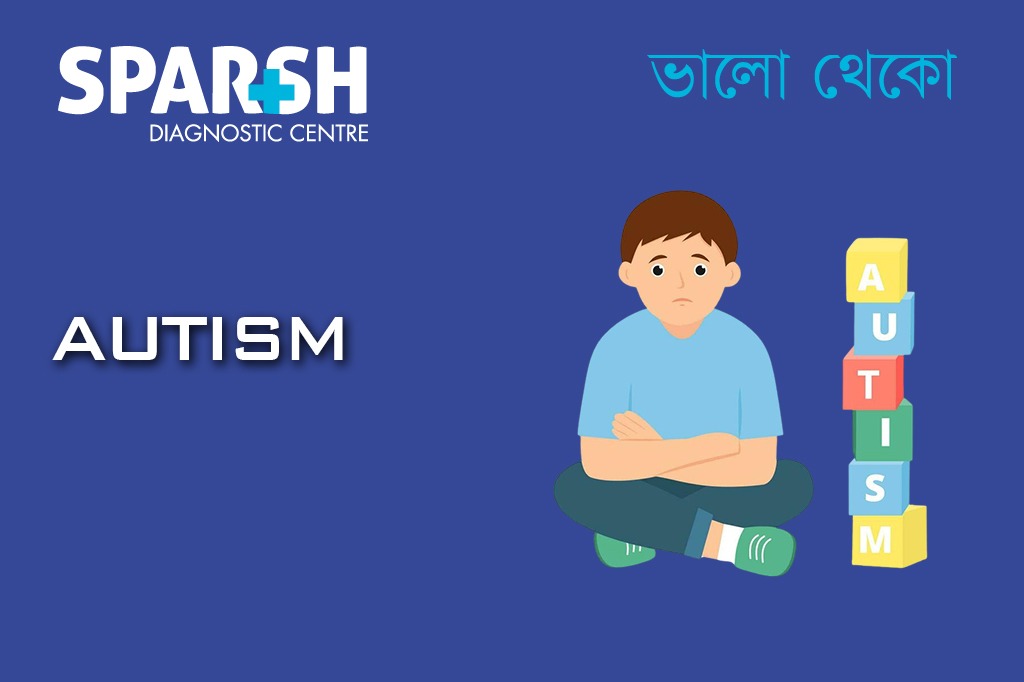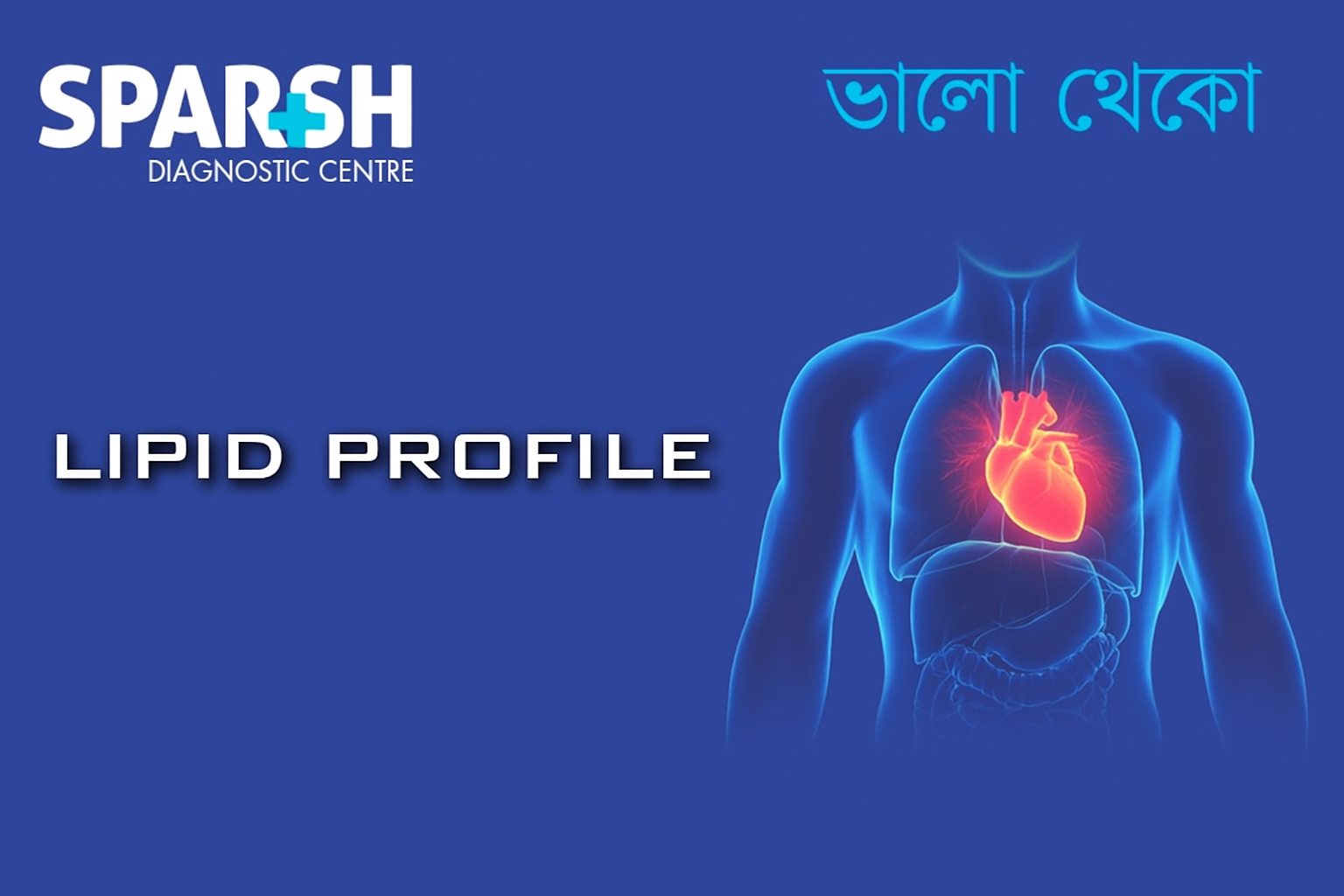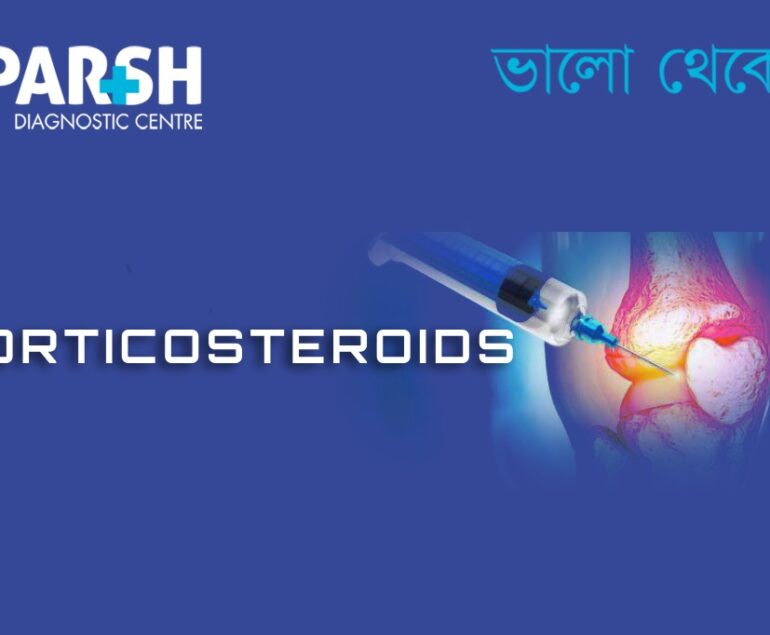Autism Spectrum Disorder (ASD) is a complex neurodevelopmental condition that affects how a person communicates, interacts socially, and processes information. It is referred to as a “spectrum” because symptoms and severity vary widely from person to person. While some individuals may have significant challenges, others may have unique strengths and abilities.
According to the World Health Organization (WHO), about 1 in 100 children worldwide is diagnosed with autism. Early detection and intervention can significantly improve quality of life, helping individuals with ASD lead fulfilling, independent lives.
In this guide, we will explore the causes, signs, diagnosis, treatment, and daily coping strategies for autism — with the aim of spreading awareness and fostering understanding.
What is Autism Spectrum Disorder (ASD)?
Autism Spectrum Disorder is a developmental disability that affects brain function. People with autism may experience:
Differences in social communication and interaction
Repetitive patterns of behavior
Unique sensory responses
Focused interests or abilities
The spectrum nature of autism means that no two individuals with ASD are exactly alike — while some may require substantial daily support, others may live independently and excel in certain fields.
Causes and Risk Factors of Autism
The exact cause of autism is unknown, but research points to a combination of genetic and environmental factors:
1. Genetic Factors
Certain genetic mutations or syndromes (e.g., Fragile X syndrome) are linked to ASD.
Family history increases risk — if one child has autism, the chance for a sibling is higher.
2. Environmental Influences
Advanced parental age at the time of conception.
Prenatal exposure to certain drugs, infections, or toxins.
Low birth weight or premature birth.
3. Brain Development Differences
Studies show variations in brain connectivity and structure among individuals with autism.
It’s important to note that vaccines do not cause autism — a myth debunked by extensive scientific research.
Signs and Symptoms of Autism
Symptoms often appear in early childhood, typically before age three. However, some signs may become more noticeable as the child grows older.
Based on the Sparsh Diagnostic Centre’s reference image and additional medical literature, the following are common signs:
1. Social Interaction Challenges
Staying Alone: Preference for solitary activities over group play.
No Eye Contact: Avoiding or difficulty maintaining eye contact.
Difficulty Understanding Social Cues: Struggles to interpret body language or tone of voice.
2. Communication Differences
Delayed speech development or absence of speech.
Repeating words or phrases (echolalia).
Using unusual tone, rhythm, or pitch while speaking.
3. Behavioral Patterns
Being Inflexible to Changes in Routines: Strong preference for familiar routines; distress when disrupted.
Repetitive movements (rocking, hand-flapping).
Intense focus on specific topics or objects.
4. Emotional Regulation
Overthinking and Anxiety: High levels of worry, especially in social or unfamiliar situations.
Trouble Regulating Emotions: Difficulty calming down after upset or excitement.
5. Strengths and Unique Traits
Attention to Detail: Exceptional observation skills.
Increased IQ in Specific Areas: Some individuals excel in mathematics, music, art, or memory tasks.

Diagnosis of Autism
There is no single medical test (like a blood test) to diagnose autism. Diagnosis is based on developmental history, behavior observations, and standardized assessments.
Steps in Diagnosis
Developmental Monitoring
Tracking growth, speech, and social milestones.Developmental Screening
Pediatricians may use questionnaires during routine check-ups.Comprehensive Diagnostic Evaluation
Conducted by specialists such as child psychologists, neurologists, or developmental pediatricians. May include:Behavioral assessments
Cognitive and language testing
Parent interviews
Early diagnosis is critical because intervention during the preschool years can improve communication and social skills significantly.
Treatment and Support for Autism
Autism cannot be “cured,” but early intervention and personalized therapies help individuals develop essential life skills.
1. Behavioral Therapies
Applied Behavior Analysis (ABA): Improves communication, learning, and adaptive skills.
Cognitive Behavioral Therapy (CBT): Helps manage anxiety and emotional regulation.
2. Speech and Language Therapy
Improves verbal and nonverbal communication.
Teaches alternative communication methods, such as sign language or picture exchange systems.
3. Occupational Therapy
Develops self-care skills (dressing, eating).
Helps with sensory processing issues.
4. Social Skills Training
Teaches conversation skills, turn-taking, and making friends.
5. Educational Support
Individualized Education Plans (IEPs) in schools.
Special education programs tailored to learning style.
6. Medication
Not for autism itself, but for managing related symptoms like anxiety, hyperactivity, or depression.
Living with Autism: Coping Strategies for Families
Raising a child with autism can be challenging but also rewarding. Here are strategies for a supportive environment:
Learn About ASD: Understanding your child’s needs helps in better support.
Establish Routines: Predictable schedules reduce anxiety.
Positive Reinforcement: Rewarding good behavior encourages repetition.
Break Tasks into Steps: Helps with learning new skills without overwhelming.
Seek Support Groups: Connect with other parents and caregivers.
Self-Care for Parents: Managing stress is vital for the whole family’s well-being.
Myths and Facts About Autism
| Myth | Fact |
|---|---|
| Autism is caused by bad parenting | Autism is a neurological condition, not a result of parenting |
| All people with autism have intellectual disability | Many have average or above-average intelligence |
| People with autism don’t have emotions | They feel emotions deeply but may express them differently |
| Vaccines cause autism | Extensive research confirms no link between vaccines and autism |
Autism in Adults
While autism is often diagnosed in childhood, many adults may only discover they are on the spectrum later in life. Adult signs include:
Difficulty forming and maintaining relationships
Preference for structured environments
Sensory sensitivities
Strong interests in specific topics
Getting a diagnosis in adulthood can help individuals understand themselves better and access resources.
Prevention and Risk Reduction
Since the exact cause is unknown, prevention is not guaranteed. However:
Ensuring healthy prenatal care
Avoiding harmful substances during pregnancy
Early developmental screenings for at-risk children
When to See a Doctor
Parents should consult a pediatrician if their child:
Does not respond to their name by 12 months
Does not use gestures by 14 months
Does not speak single words by 16 months
Shows loss of skills at any age
Frequently Asked Questions (FAQ)
1. Can autism be cured?
No, autism is a lifelong condition. However, therapies can help individuals lead independent and fulfilling lives.
2. At what age can autism be diagnosed?
Most cases are diagnosed between ages 2–4, but signs can appear earlier.
3. Is autism more common in boys or girls?
Autism is about four times more common in boys, though girls may be underdiagnosed.
4. Can a person with autism live independently?
Yes. Many individuals, especially those with milder symptoms, can live independently with the right support.
5. How can I help a child with autism?
Provide structure, celebrate achievements, use clear communication, and seek professional support.
Autism is not a limitation — it’s a different way of experiencing the world. With awareness, acceptance, and tailored support, individuals with ASD can thrive and showcase their unique talents. By understanding autism, society can create inclusive environments where everyone has the opportunity to succeed.
#BhaloTheko
Disclaimer:
No content on this site, regardless of date, should ever be used as a substitute for direct medical advice from your doctor or other qualified clinician.

![]()






[…] ❌ Vaccines cause autism […]
[…] a global event dedicated to increasing understanding, acceptance, and support for individuals with autism spectrum disorder (ASD). This day serves as a reminder of the importance of embracing neurodiversity and advocating for the […]